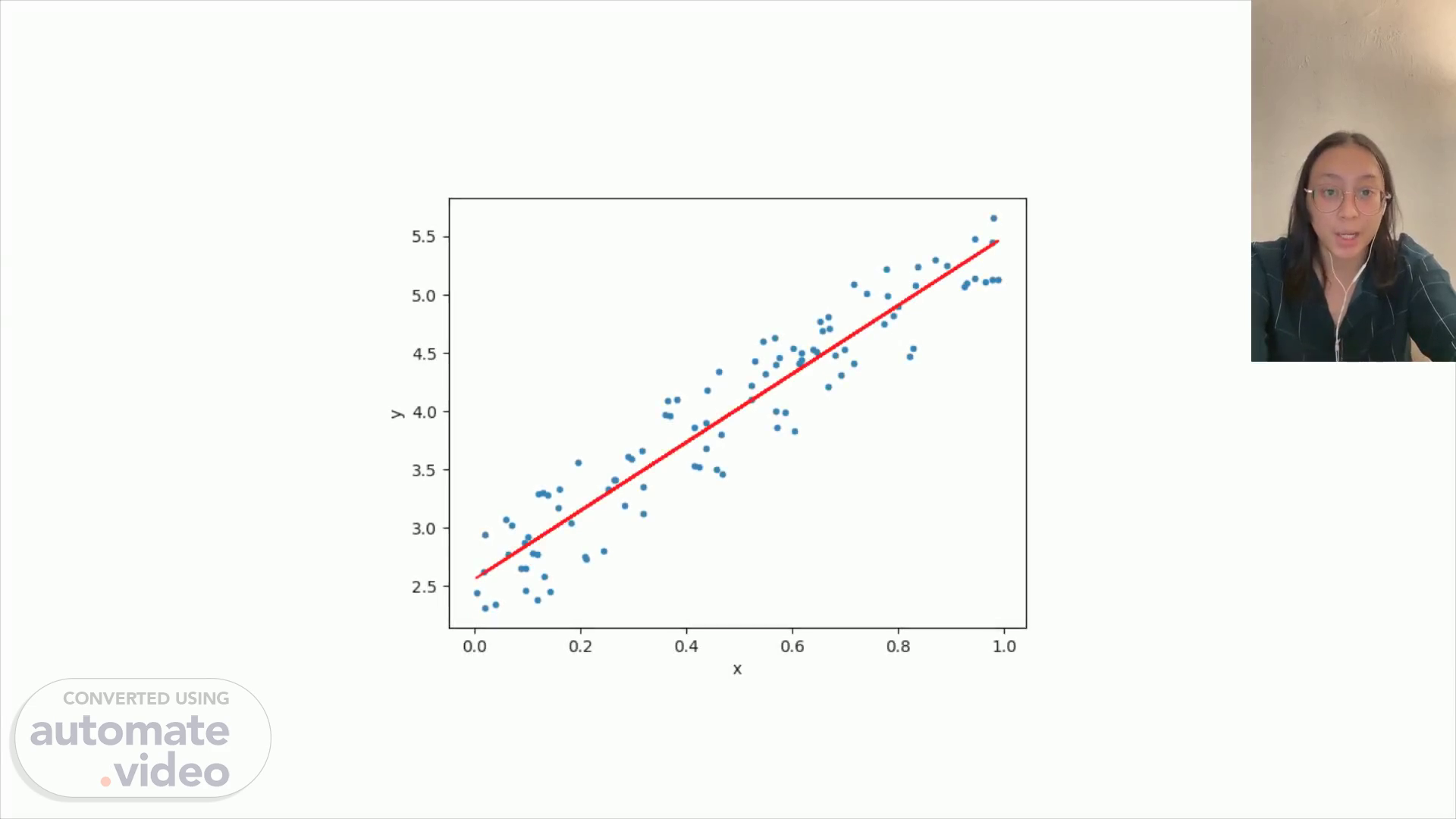
Page 1 (0s)
1.mp4.
Page 2 (10s)
2.mp4.
Page 3 (23s)
3.mp4.
Page 4 (33s)
4.mp4. queeH lewen Inoqe wee-I asunoo 3N17NO.
Page 5 (53s)
5.mp4.
Page 9 (1m 25s)
REASONING BASIC trrERACY.
Page 11 (1m 36s)
nan.
Page 13 (1m 47s)
HOW/ TO PRICE YOUR ONLINE COURSE.
Page 15 (1m 59s)
6 ft 2 mt.
Page 19 (2m 21s)
COUPON.
Page 21 (2m 32s)
1. Make a hard copy of the statistical output (coefficients and diagnostic statistics). Be sure to attach it as Exhibit One to your assignment. 2. Evaluate the p-values for your coefficients. Are any of your coefficients not significantly different from zero? Explain briefly. 3. Which of the five-course attributes has the biggest impact on your overall judgment of course offerings? Which has (have) the smallest? Explain. 4. What is the most preferred level (value) for each attribute? Briefly explain each. 5. Does your answer to the previous question makes sense to you—does it reflect how you feel? 6. Use the conjoint model to predict your likelihood of registering for each of the three classes not included in your regression run. 7. Order the original scores and rank your estimated scores. How good a job does the model do in predicting the responses you provided when you filled out the questionnaire? 8. Assume that your results represent marketing students in general (yes, this is a big assumption). How could a college or university use this information to boost summer tuition? 9. How could this information be used to segment students for short classes? Briefly explain. 10. Consider that you wanted to offer a similar course/training. What pricing strategy would you suggest? Propose changes to improve the pricing decisions. Discuss the rationale and segmentation elements learned in Chapters 10,11,12..